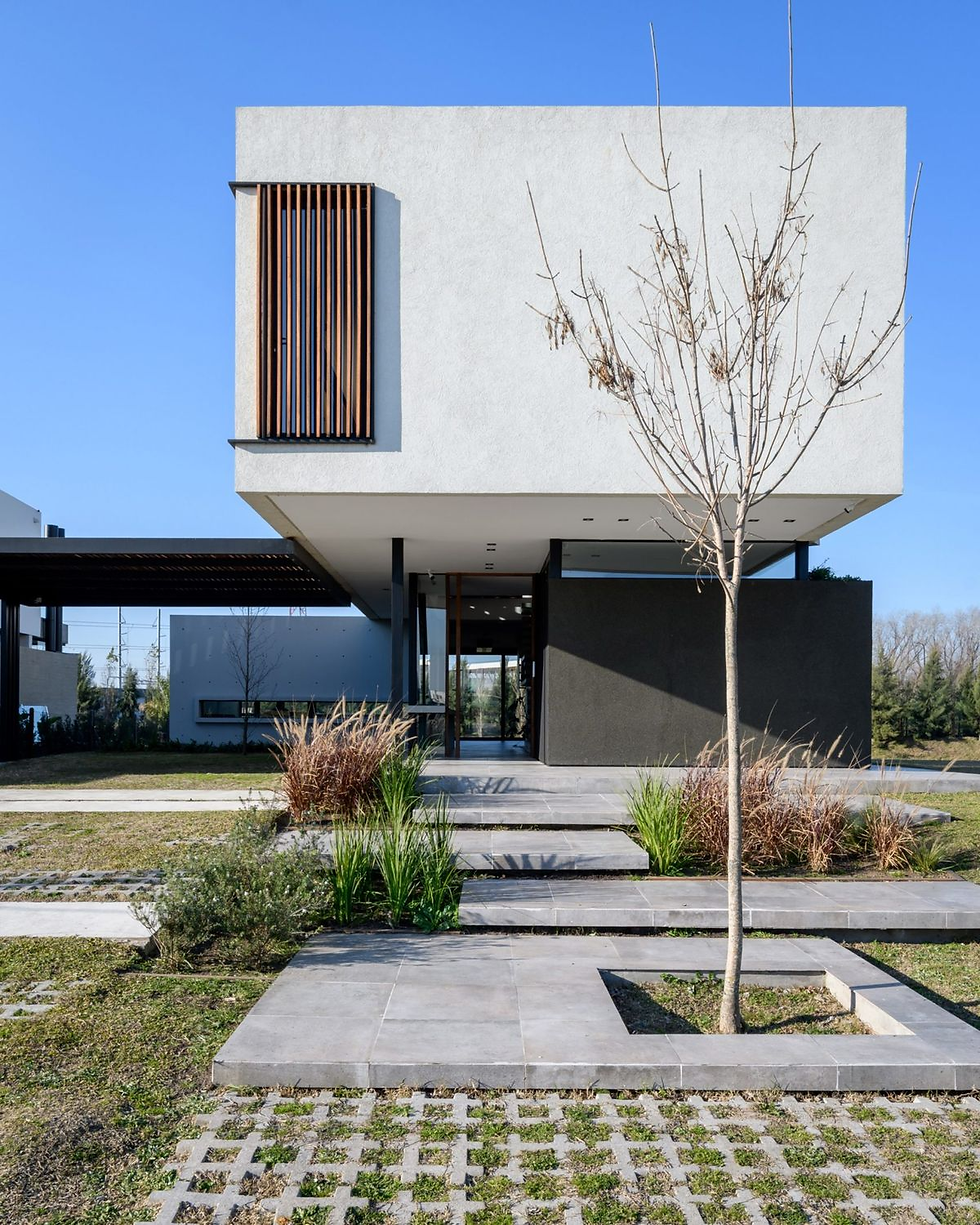The Pros and Cons of New Zealand Flooring Options
- Bill Zhao

- Oct 1
- 3 min read
Among the most unsung heroes of a home is the flooring: ever-present, yet often overlooked on a day-to-day basis. Its importance, however, cannot be understated. Serving underfoot every day, subtle differences in flooring can be a revelatory night-and-day change.
The king of comfort and insulation, Carpet is a deservedly popular choice across the world – and New Zealand is no different. Serving owners through turbulent winters country-wide, having a fuzzy floor finds no equal when it comes to bringing warmth and softness. With excellent heat retention and insulation, as well as low conductivity, carpet is easy to step on even in the coldest of winters. Heat isn’t the only thing it traps, however; its fibrous nature, allows it to trap dirt, fur, and dust easily, making it require not only frequent, but also attentive cleaning.
Timber is a widely popular flooring solution across New Zealand. Boasting natural aesthetics, high durability, and ease of cleaning, Timber provides a robust and traditional option that is exceptionally versatile. Timber hardwood floors offer a variety of natural designs, all with a timeless look. This makes it easy to pair with furniture and décor. Its uniform surface makes cleaning much easier when compared to carpet. Among flooring types, timber offers only moderate traction and it can vary greatly depending on finish and wear – running with socks on may not be the wisest choice. It can also fade over time from UV or wear, calling for occasional recoating.
Vinyl flooring is a layered synthetic product that typically combines fiberglass with PVC, and a print layer on top. While commonly seen as a cheap and competitively-priced product, Vinyl flooring has undergone much development over the years, chiefly in moisture-resistance, with modern iterations being entirely waterproof. While the aesthetic print layer can have many options, they aren’t particularly convincing when held up against the real deal such as timber. Overall durability and scratch resistance are also weaker than hardwood.
Tiles are a durable, resilient, and polished choice for bathrooms, kitchens, and entryways. Modern choices often feature premium aesthetic designs reminiscent of marble, making a luxury design easier to achieve than ever. In the winter, however, they can be quite scary to tread on barefoot, being ice-cold unless floor heating is installed. Their brittle nature means a hard enough impact can chip them. While the tiles themselves are non-porous and easy to clean, the material between the tiles (grout), is not. Attentive installation and care are ideal for keeping clean grout lines.
While typically seen as an option for commercial spaces, bringing polished concrete to your home comes with a range of advantages, namely the premium look and feel of a floor often seen in malls and stores. It is extremely durable, low-maintenance, and aesthetically diverse. There are options aplenty for choosing finishes – from the positively glowing gloss of showroom floors to the grainy and bespeckled luxury of fashion outlets. The biggest downside is the price – of both the material and the installation. Like tiles, they can also be cold and slippery under certain conditions.
To conclude, there’s a healthy range of flooring choices offered by New Zealand stores – from affordable and serviceable options like vinyl, to heavy and premium options like polished concrete. Picking the right floor for the right room is essential to having a long-lasting and fashionable home.





Comments